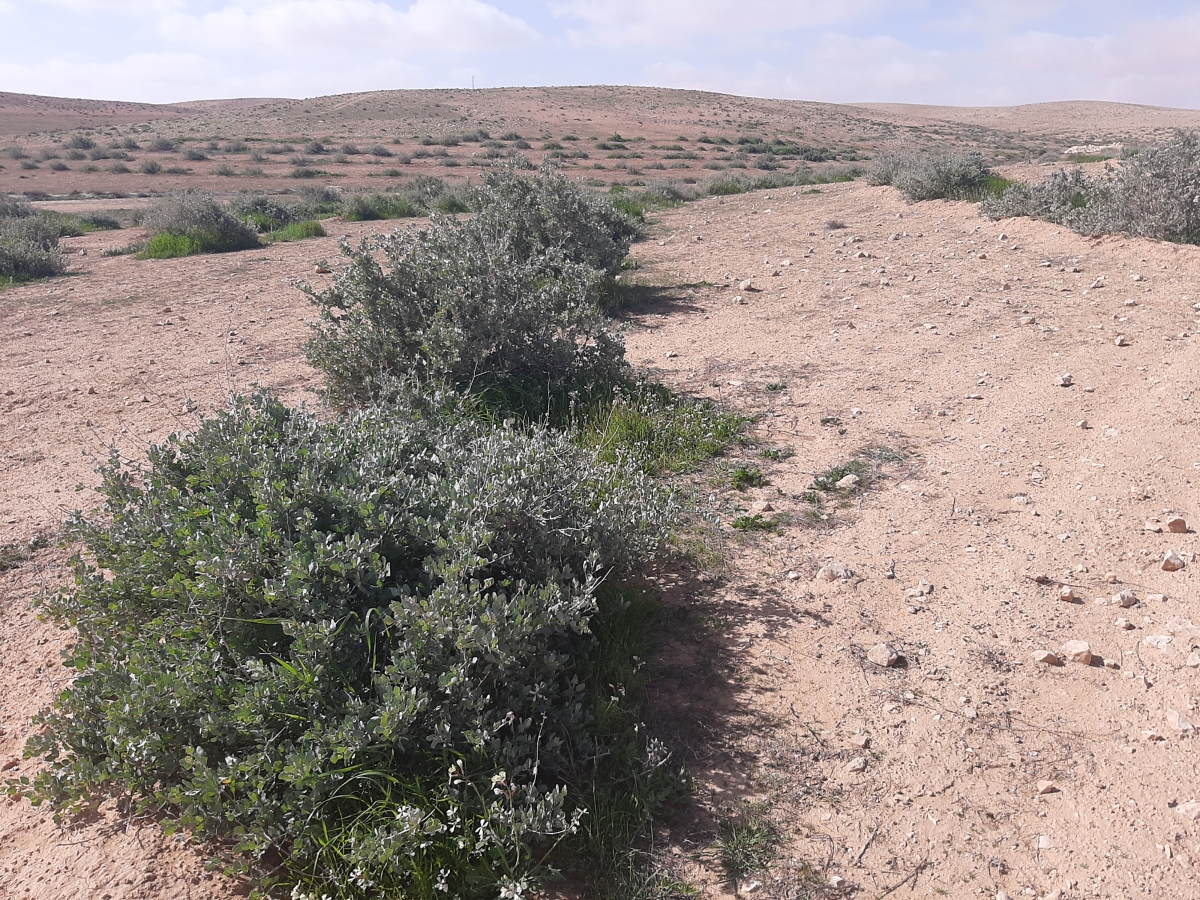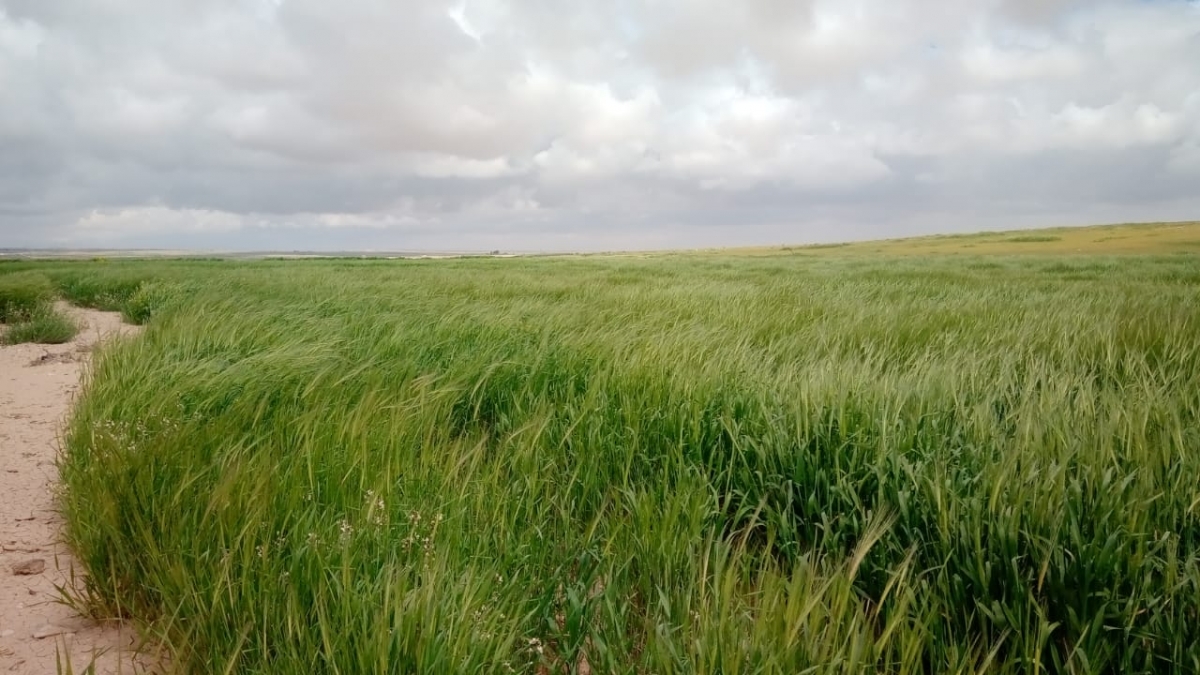Jordan's arid and degraded Badia region covers nearly 90% of the country's area and hosts over 60% of its livestock. In collaboration with the National Agricultural Research Center (NARC), the CGIAR Research Program on Water, Land and Ecosystems (WLE) and International Center for Agricultural Research in the Dry Areas (ICARDA) have developed a new way to identify potentially suitable areas for rehabilitation of watersheds, and the Jordanian government is rolling out community-based, mechanized, micro water harvesting packages over at least 1,000 hectares of agro-pastures a year.
Traditionally, assessment of suitability for watershed rehabilitation has relied on mapping Geographic Information System (GIS) layers, for example for climate, topography, soil and land use. However, this static methodology does not account for more dynamic criteria such as the surface water that is available for harvesting at any given time. WLE/ICARDA therefore developed a new methodology that combines GIS data with a simulation of surface run-off in order to determine which areas are most suitable for rehabilitation activities. Existing technology on a micro water harvesting approach using the Vallerani tractor plow system was also adapted to the conditions in the Badia region by WLE/ICARDA and national partners in Jordan and Syria.


Rehabilitation of these areas is expected to benefit low-income rural communities by increasing the native fodder available for their livestock in the marginal drylands, and through the production of forage in the flood-irrigated agricultural system known as 'marab'. Sustainable grazing is promoted in the uplands, while in the lowlands, marab cereal crop cultivation (mostly of barley) is being enhanced – increasing biomass production by between 10 and 50 times compared with traditional methods. This integrated watershed approach seeks to strengthen the value chain for the benefit of communities, taking care to consider the needs of vulnerable groups such as women, for instance through women-led dairy processing units.
The engagement of communities such as the former tribal Bedouin nomads in Jordan through awareness-raising activities is also critical to the success of the research initiatives. In 2021, ICARDA and the International Crops Research Institute for the Semi-Arid Tropics (ICRISAT) developed a small floodwater harvesting technique to test this same approach in Ethiopia, supported by WLE. Overall, dryland rehabilitation is expected to equip communities better for drought conditions, while improving carbon storage in the uplands and reducing the need for agricultural inputs in the lowlands.














